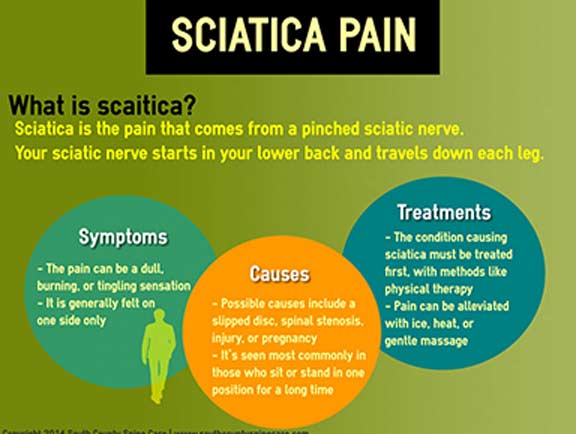A Beginner'S Overview To Understanding Different Types Of Pain In The Back: Causes And Therapies
A Beginner'S Overview To Understanding Different Types Of Pain In The Back: Causes And Therapies
Blog Article
Material Create By-Buckley Gomez
If you've ever experienced neck and back pain, you know just how incapacitating it can be. From plain pains to sharp, shooting pains, recognizing the origin is important for discovering relief. Whether it's a result of poor pose, injury, or a medical condition, recognizing the specific sort of pain in the back you're managing is the initial step in the direction of reliable treatment. So, what are the various sorts of pain in the back, and how can you identify the cause to reduce your pain?
Common Kind Of Back Pain
When it involves pain in the back, there are numerous usual types that people may experience. One widespread kind is muscle stress, commonly triggered by raising hefty items or unexpected activities that stress the muscular tissues and ligaments in the back. This sort of discomfort can range from mild discomfort to serious, acute pain depending on the degree of the stress.
One more common kind is herniated discs, which occur when the soft cells between the vertebrae bulges out and taxes the surrounding nerves. chiropractor pregnancy can result in discomfort, pins and needles, or tingling sensations in the back or legs.
In addition, sciatic nerve pain is a kind of pain in the back that originates in the lower back and emits down one or both legs because of compression or inflammation of the sciatic nerve.
Degenerative disc condition is one more type where the discs in the spinal column weaken with time, triggering pain, rigidity, and minimized flexibility. Understanding these typical sorts of back pain can help you recognize and address the root cause of your discomfort properly.
Root Causes Of Back Pain
To understand the reasons for neck and back pain, it's important to think about numerous factors that can add to this usual concern. Among the most common reasons is muscle mass or tendon stress as a result of sudden movements, raising hefty things improperly, or bad posture. Conditions such as arthritis, weakening of bones, and herniated discs can also cause pain in the back.
Injuries from mishaps or falls can lead to intense or persistent back pain as well. Excessive weight, absence of exercise, and inactive lifestyles are significant contributors to neck and back pain, as excess weight places strain on the spinal column. Poor ergonomics at the workplace or home, such as sitting for extended durations in uncomfortable placements, can also trigger back pain.
lower back muscles like anxiety and anxiety can manifest literally as back pain. Understanding these varied reasons can help determine the root of your pain and overview you towards effective treatment choices.
Treatment Choices for Pain In The Back
Dealing with pain in the back successfully calls for a tailored strategy that considers the details factors adding to your pain. Therapy options for pain in the back vary depending on the cause and severity of your signs. In many cases, moderate to regulate pain in the back can be managed with over-the-counter pain medications such as ibuprofen or acetaminophen.
Physical therapy and stretching workouts can help enhance flexibility, strengthen muscular tissues, and minimize pain in the long-term. For more serious instances, a doctor might suggest prescription medications, shots, or perhaps surgical treatment as a last resource.
Alternative treatments like acupuncture, chiropractic care, and massage treatment have also shown assurance in reducing neck and back pain for some people. Way of life modifications such as preserving a healthy weight, exercising great posture, and staying energetic can play a significant duty in avoiding and handling back pain.
It's important to function closely with your doctor to identify the most effective treatment plan for your particular problem.
Conclusion
Now that you have a better understanding of the common types of back pain, their causes, and treatment options, you can take positive steps to handle and protect against pain. Remember to pay attention to your body, seek medical suggestions if required, and explore various treatment alternatives that function best for you. By remaining educated and proactive, you can improve your lifestyle and reduce the effect of pain in the back on your everyday tasks.
